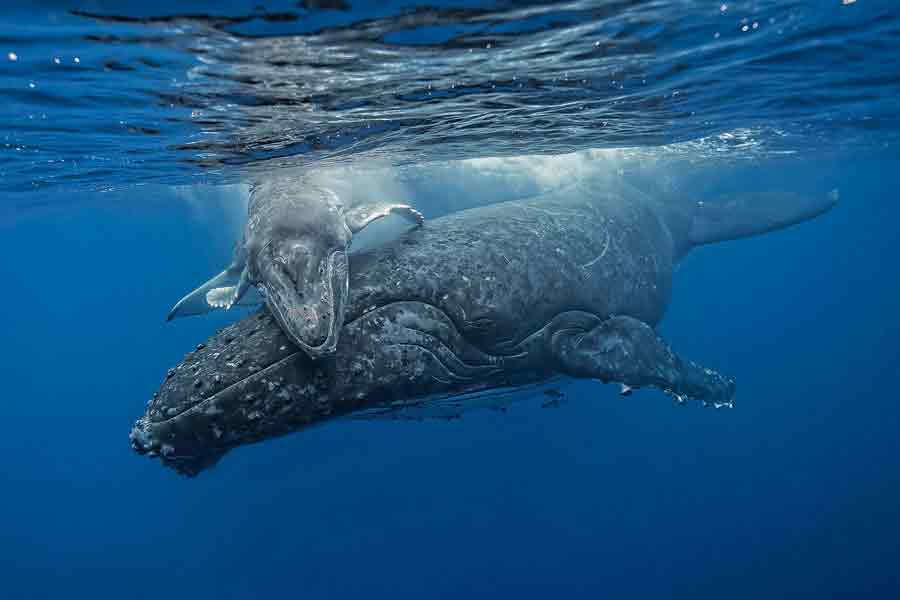
Humans are often surprised when they see, in a television documentary, members of an elephant herd trying to lift a dead companion off the ground. We find it hard to believe that such intelligent animals cannot comprehend that a fellow being has died and will no longer react to stimuli. However, there are many animals that seem not to understand death.
Among marine mammals that live in groups, «social assistance» is the basis for survival. If an individual is weak or sick and struggles to reach the surface to breathe, it is common for some members of its group to help by positioning themselves underneath and lifting it to the surface so it can take a breath of fresh air. The same thing happens when a calf is born. The females of the group assist in the birth by bringing the calf to the surface for its first breath of air.
But when an individual dies, they seem not to understand it and continue to bring it to the surface to breathe. With great effort from the entire group, they will keep the body afloat for days while it decomposes, and they will only stop when they no longer recognize their former companion in the deteriorated form of the animal. The female pilot whale in the photo is keeping her calf, who died several days ago, afloat—an heart-wrenching scene.
Even among orcas, animals that kill for food and recognize the death of their prey, this behavior has been observed. They have been seen trying to bring a calf, struck by a whaler’s harpoon, to the surface and away from the ship that killed it, even when blood flows from the wound as an unequivocal sign of death.
Perhaps the secret lies in not knowing one’s own mortality, in not confining «their» time within a finite period, in the simplicity of someone who enjoys life without ever having understood death.
«One cannot defend what one does not love, and one cannot love what one does not know.»

